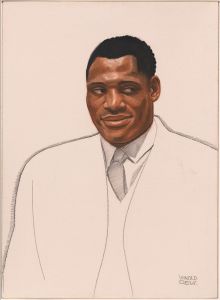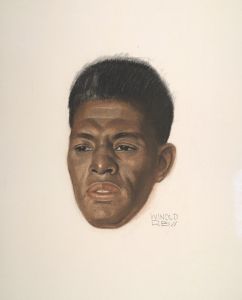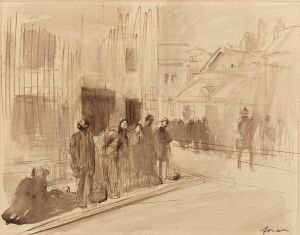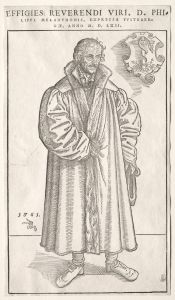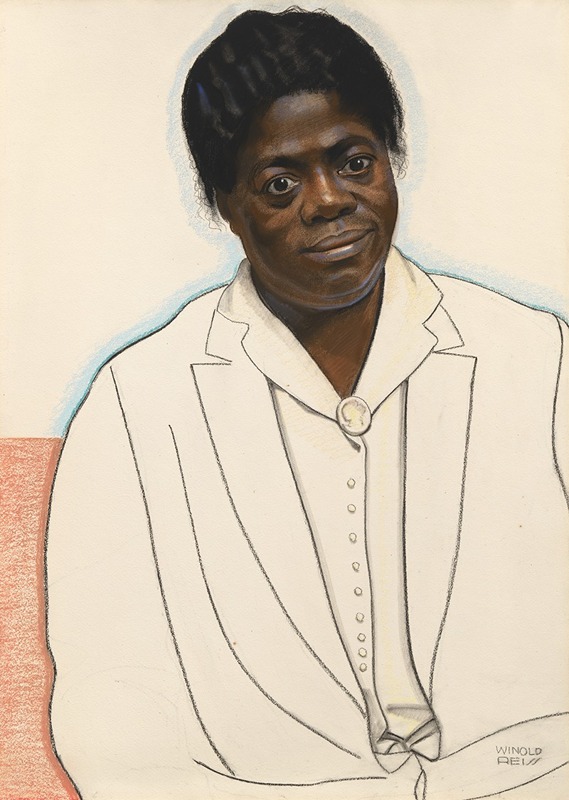
Mary McLeod Bethune
A hand-painted replica of Winold Reiss’s masterpiece Mary McLeod Bethune, meticulously crafted by professional artists to capture the true essence of the original. Each piece is created with museum-quality canvas and rare mineral pigments, carefully painted by experienced artists with delicate brushstrokes and rich, layered colors to perfectly recreate the texture of the original artwork. Unlike machine-printed reproductions, this hand-painted version brings the painting to life, infused with the artist’s emotions and skill in every stroke. Whether for personal collection or home decoration, it instantly elevates the artistic atmosphere of any space.
Winold Reiss was a German-American artist known for his portraits and depictions of diverse American subjects, particularly African Americans and Native Americans. One of his notable works is the portrait of Mary McLeod Bethune, an influential African American educator, stateswoman, philanthropist, humanitarian, and civil rights activist. This portrait is a significant piece as it captures the essence of a woman who played a pivotal role in advocating for African American rights and education during the early 20th century.
Mary McLeod Bethune was born on July 10, 1875, in Mayesville, South Carolina, to parents who were former slaves. She became one of the most prominent African American educators and activists of her time. Bethune founded the Daytona Educational and Industrial School for Negro Girls in 1904, which later became Bethune-Cookman University, a historically black university in Daytona Beach, Florida. Her work in education and civil rights earned her a national reputation, and she became an advisor to several U.S. presidents, most notably Franklin D. Roosevelt.
Winold Reiss, born in 1886 in Germany, immigrated to the United States in 1913. He was deeply influenced by his father, who was an artist and a teacher, and he carried this influence into his work in America. Reiss was known for his commitment to portraying the diversity of American life, and he often focused on subjects that were underrepresented in mainstream art at the time. His work was characterized by a vibrant use of color and a strong sense of individuality in his subjects.
The portrait of Mary McLeod Bethune by Winold Reiss is a testament to his skill in capturing the character and dignity of his subjects. Reiss's portrait of Bethune is not just a representation of her physical appearance but also an acknowledgment of her contributions to society and her enduring legacy. The portrait is celebrated for its ability to convey Bethune's strength, intelligence, and determination.
Reiss's work, including his portrait of Bethune, was part of a broader movement during the Harlem Renaissance, a cultural revival of African American music, dance, art, fashion, literature, theater, politics, and scholarship centered in Harlem, New York City, spanning the 1920s and 1930s. This period was marked by a flourishing of African American cultural and artistic expression, and Reiss's portraits contributed to the visibility and appreciation of African American leaders and thinkers.
The portrait of Mary McLeod Bethune by Winold Reiss remains an important piece of art, reflecting both the artist's dedication to diversity and the subject's significant impact on American history. It serves as a reminder of the power of art to capture and celebrate the contributions of individuals who have shaped society. Through this work, Reiss not only honored Bethune's legacy but also contributed to the broader recognition of African American achievements in the United States.





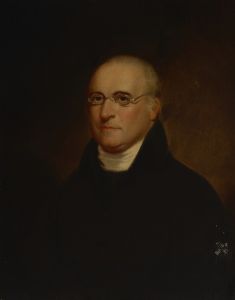
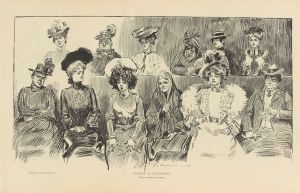
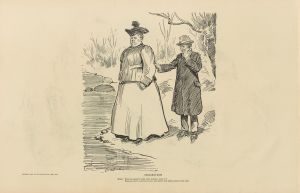
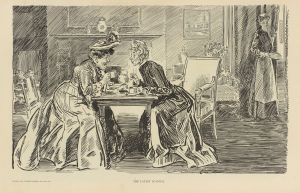
![Designs for promotional material for opera singer Emanuel List.] [Drawing for brochure page](/imgs/249246/s/winold-reiss-designs-for-promotional-material-for-opera-singer-emanuel-list-drawing-for-brochure-page-130d6349.jpg)
![Graphic design for cover of Survey Graphic Magazine; ‘Food’.] [Design with text and food items](/imgs/249248/s/winold-reiss-graphic-design-for-cover-of-survey-graphic-magazine-food-design-with-text-and-food-items-877075df.jpg)
![Design for dčor of restaurant, 56 East 56th St, New York, NY.] [Drawing of suggested dčor for restaurant with color elevation and murals](/imgs/249282/s/winold-reiss-design-for-dcor-of-restaurant-56-east-56th-st-new-york-ny-drawing-of-suggested-dcor-for-restaurant-with-color-elevation-and-murals-29535340.jpg)
![Design for Longchamps Restaurant, 79th St., New York, NY.] [Proposed treatment for front of restaurant](/imgs/249289/s/winold-reiss-design-for-longchamps-restaurant-79th-st-new-york-ny-proposed-treatment-for-front-of-restaurant-83a4c86c.jpg)

![Interior perspective drawings of Hotel Siwanoy, Mount Vernon, NY.] [Interior perspective study of Grill in yellow, blue, and green]](/imgs/249370/s/winold-reiss-interior-perspective-drawings-of-hotel-siwanoy-mount-vernon-ny-interior-perspective-study-of-grill-in-yellow-blue-and-green-bea2a60e.jpg)
